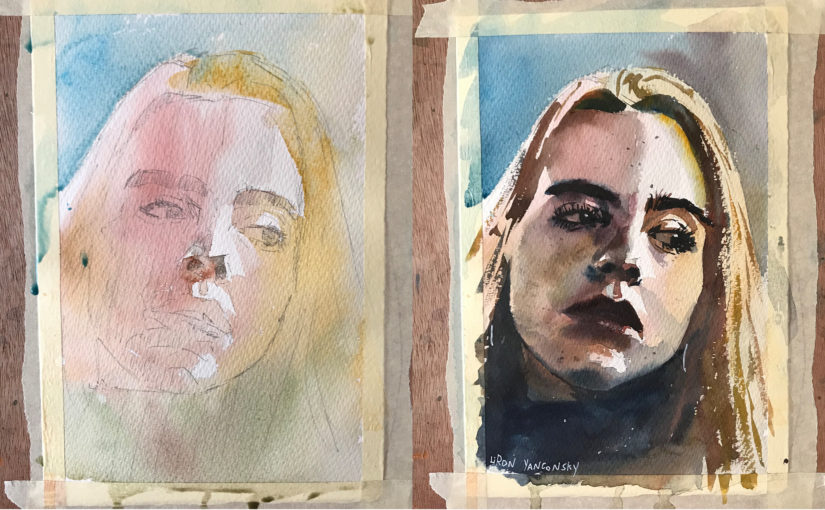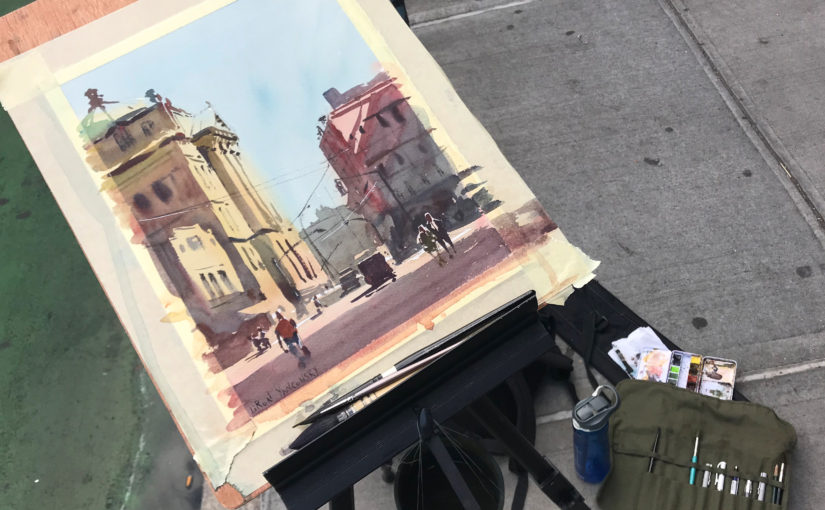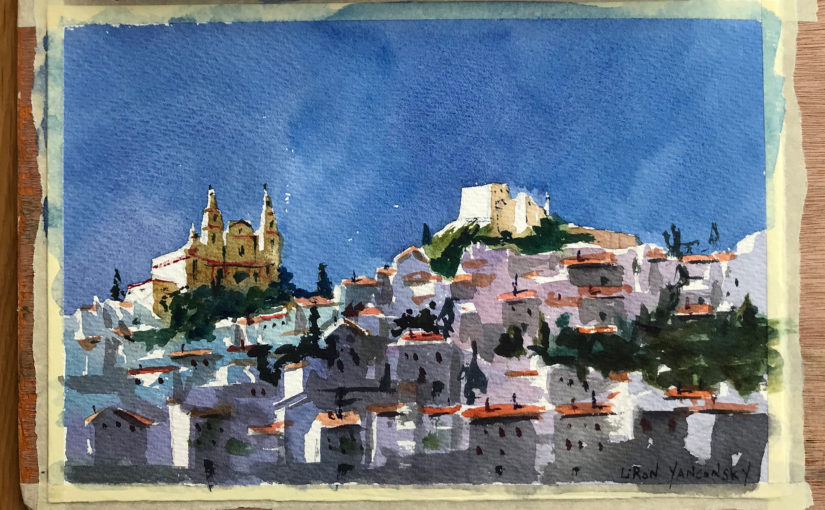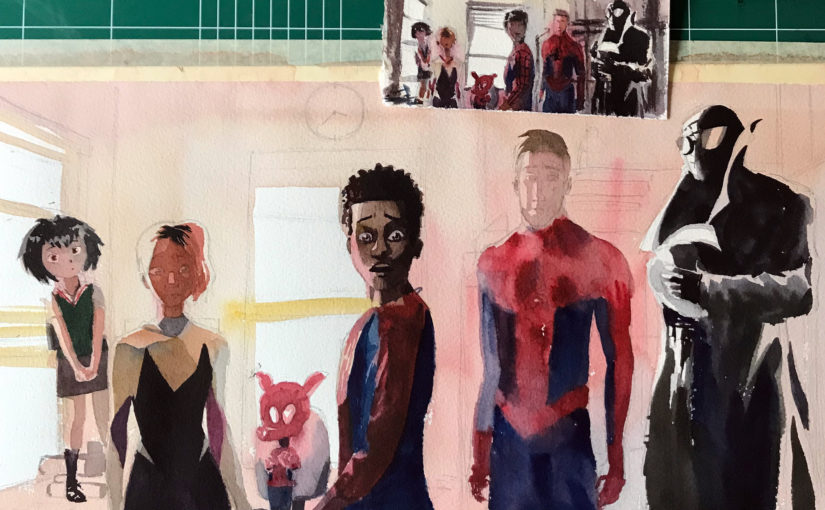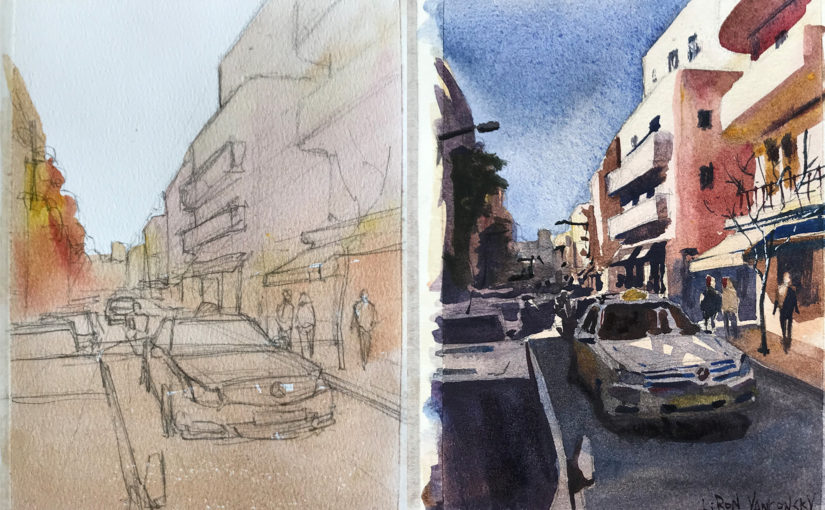Podcast: Play in new window | Download
Hi there! In this episode I’m discuss the question – can anyone become a successful artist?
My general answer is YES, with a few caveats.
Here’s what we’ll talk about:
- Definition
- Internal Challenges
- Talent and Skill
- Financial Success
1. Definition
A big thing to think about, is how do you define success?
I believe success is ultimately happiness. This means that if you have a job you love, and you make art on the side and are happy – you won!
So YES – anyone can become a successful artist if you look at it from this angle.
2. Internal Challenges
Many people I meet and talk to have INTERNAL obstacles only. They don’t believe in themselves, and this prevents them from creating.
Art is ultimately self-expression. I’d like more people to understand that if they WANT to create – they should. The rest doesn’t matter.
3. Talent and Skill
Even talent and skill are in question. You see plenty of artwork that doesn’t necessarily have a lot of skill behind it, that is still successful, and celebrated in museums and galleries.
The word “skill” is arguable in and of itself. Who says, for example, that an abstract painting that took only a few brush strokes to make does’t require skill?
And if so many people say – “I could have done it” – well – why didn’t you?
Food for thought, especially if you feel judgmental of these types of works (which I know can be fun sometimes, haha!).
4. Financial Success
This is a little trickier. I do think different people have different potentials for money-making.
BUT, could almost anyone create SOME financial success around their art? I believe so. You just have to figure out your true gift, and the format.
Are you a good teacher? Manager? Story-teller?
Perhaps you are SO OFF THE CHARTS when it comes to art, that you should focus ONLY on that, and hire people to do the rest (which for most people would mean have friends help out, as not a lot of people can actually really hire someone when just getting started).
In Conclusion…
Yes, that is my answer. If you are having doubts, or are unsure – use this podcast as permission to AT LEAST believe it’s POSSIBLE.
And let me know if you have any questions or there’s anything I can help you with.
Here’s how to contact me:
YouTube – Liron Yanconsky Art
LinkedIn – Liron Yanconsky
Pinterest – Liron Yanconsky
Instagram – @LironYanIL
Twitter – @LironYan

